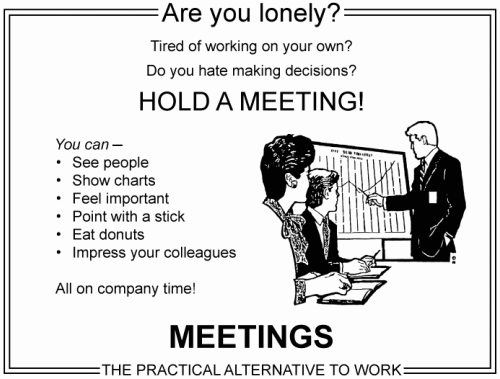Retrospectives
Sprint retrospectives are important. This may sound like I'm stating the obvious but please make sure that you have concise retrospectives.The big benefits of a good retrospective include
- Getting honest feedback on the progress of your project.
- Gauging the teams mental state.
- Strengthening relationships between the team members (after all, we are in this together).
The following exercise describes one of the methods for garnering feedback.
Postcards from the Sprint
- Before the retrospective
- Get (or make*) some postcards. Try to use a wide selection of destinations, 10 postcards of the east coast is not a good selection.
- Get (or make**) some tokens. Make sure that these are easily identifiable (eg. Monopoly pieces).
- In the Retrospective
- Ask all member of the retrospective to choose a token.
- Spread out the post cards on a flat surface.
- Ask the members of the retrospective to place their token onto the postcard that they 'feel' represents the sprint that we have just completed.
- Wait for everyone to place their token - - Choose a token (not a person***) and ask who that token belongs to. Ask that person to describe in what way they feel that that postcard represented the sprint.
- Remember to say thank you.
Why is this a good exercise
- The postcards act as a starting point, whether that it is an association to the place, geography or a metaphor, the person is grounded by the selected image and merely needs describe a context.
- Everyone gets to express an uninterrupted opinion and comment on the sprint.
- The tokens are ambiguous, and therefore the running order is random.
- Members choices are 'locked in' so there is no playing follow the leader when they are expressing their feeling.
Retrospectives should not feel like a chore and it is not a cull-able step in the process. So keeping people engaged at this stage is important. we've managed it all sprint and by Jove we'll keep them engaged in the retrospectives too!!
* How to make a postcard: Find a royalty free picture, resize it, print it, cut it out, laminate it.
** How to make a token: (see 'How to make a postcard' above).
*** Not a person: We want to disassociate any feeling of singling out, identifying or alienating individuals when eliciting unbiased feedback, hence the tokens.













